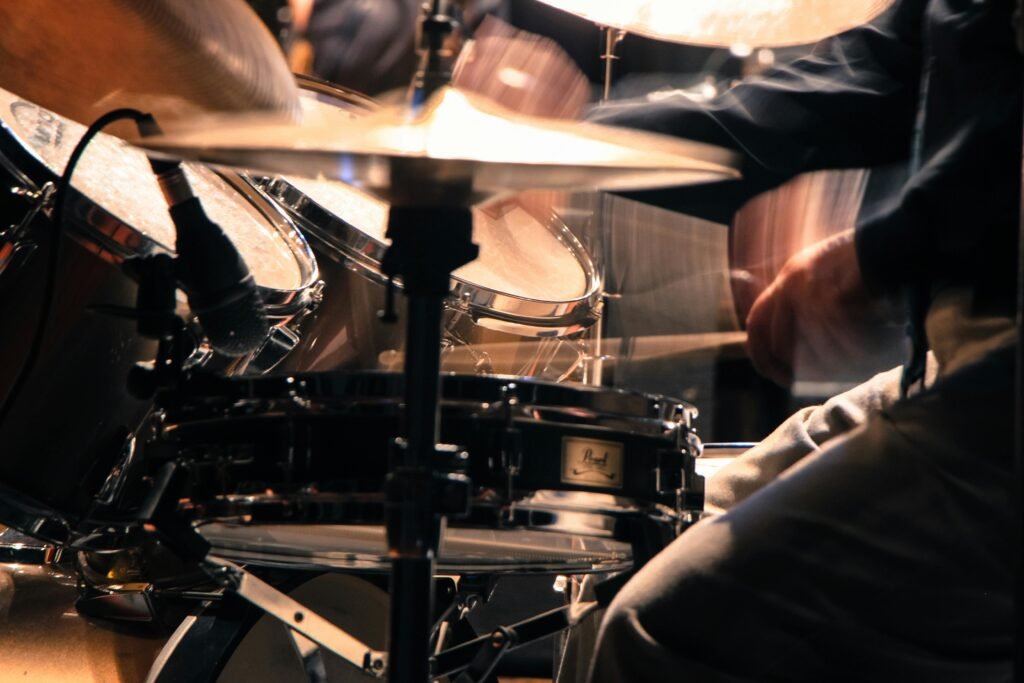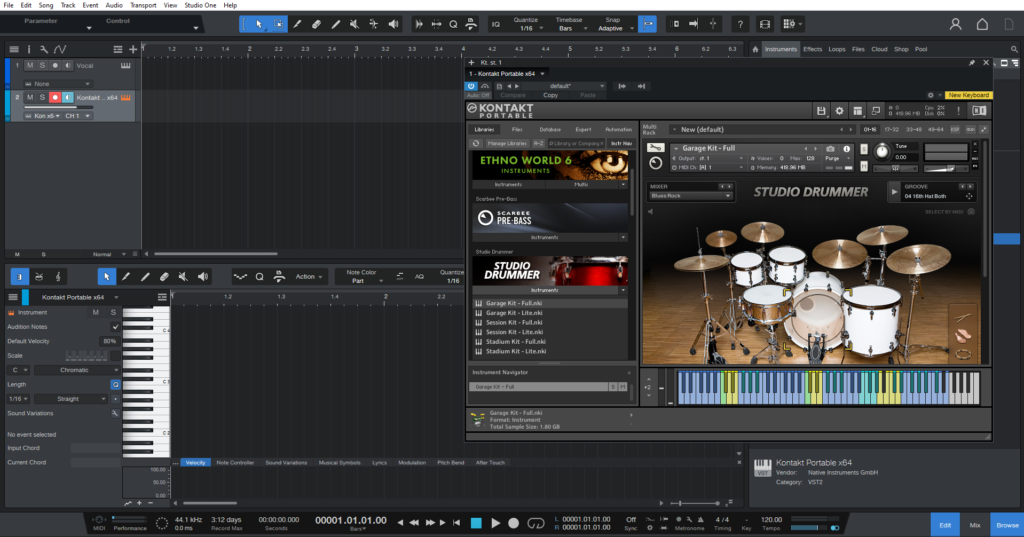As a professional composer, harnessing the power of drum samples opens up a world of possibilities for crafting dynamic and expressive rhythm tracks in your compositions. Drum samples offer composers a versatile and customizable palette of percussive sounds, allowing them to create realistic drum parts that elevate their music to new heights. In this comprehensive guide, we’ll explore the creative techniques and strategies for unleashing the power of drum samples and programming realistic drum parts that bring your compositions to life.

Understanding Drum Samples
Drum samples are recordings of individual drum hits, captured from real drum kits or synthesized electronically. These samples are typically organized into libraries or packs, containing a wide variety of sounds, including kicks, snares, hi-hats, toms, cymbals, and percussion instruments. Composers can use drum samples to create rhythm tracks for a diverse range of musical genres, from rock and pop to electronic and hip-hop.
1. Sample Selection:
Choosing the right drum samples is crucial for programming realistic drum parts. When selecting samples, consider factors such as tone, timbre, and dynamics. Look for samples that complement the overall vibe and energy of your composition, ensuring that they blend seamlessly with other instruments and elements in the mix.
2. Layering and Blending:
Layering multiple drum samples can add depth, richness, and complexity to your drum parts. Experiment with layering different samples together to create custom sounds and textures. Blend samples with similar characteristics, such as different variations of the same drum hit, to achieve a natural and cohesive blend of tones.
3. Humanizing Techniques:
Humanizing techniques simulate the imperfections and nuances of live drum performances, adding realism and groove to programmed drum parts. Use techniques such as velocity variation, timing adjustments, and randomization to introduce subtle fluctuations in volume, timing, and articulation, mimicking the subtle nuances of human drumming.
4. Dynamic Expression:
Dynamics play a crucial role in shaping the feel and intensity of drum performances. Use velocity sensitivity to control the volume and intensity of individual drum hits, replicating the dynamic range of a live drum kit. Experiment with velocity curves and sensitivity settings to achieve expressive and dynamic drum parts that ebb and flow with the music.

Creative Programming Techniques
1. Ghost Notes and Accents:
Incorporate ghost notes and accents into your drum parts to add groove and dynamics. Ghost notes are subtle, quieter drum hits that add rhythmic complexity and movement to drum patterns, while accents are louder, more pronounced hits that emphasize specific beats or phrases. Experiment with varying the placement and intensity of ghost notes and accents to create dynamic and expressive drum grooves.
2. Fills and Transitions:
Use fills and transitions to add excitement and momentum to your drum arrangements. Fills are rhythmic patterns or flourishes that bridge the gap between sections of a song, while transitions are rhythmic and textural changes that signal shifts in the music. Experiment with different fill patterns, drum fills, and transition effects to create seamless and engaging transitions in your compositions.
3. Groove Templates and MIDI Patterns:
Groove templates and MIDI patterns provide a foundation for building drum tracks and can serve as starting points for programming realistic drum parts. Use pre-made groove templates or MIDI patterns as a basis for your drum arrangements, then customize and modify them to suit the specific needs of your composition. Experiment with different groove templates and MIDI patterns to explore new rhythms and styles.
4. Layered Percussion and Effects:
Incorporate layered percussion and effects into your drum arrangements to add depth, texture, and atmosphere. Layer additional percussion samples, such as shakers, tambourines, and congas, to enhance the rhythmic complexity of your drum parts. Experiment with effects like reverb, delay, and distortion to add spatial depth, movement, and character to individual drum hits and patterns.
Conclusion
Mastering the art of programming realistic drum parts with drum samples is a journey of experimentation, exploration, and creativity. By understanding the principles of sample selection, layering, humanization, and dynamic expression, and employing creative programming techniques, you can unleash the full power of drum samples and create rhythm tracks that elevate your compositions to new heights. So, embrace the versatility of drum samples, experiment with creative programming techniques, and unleash your creativity to craft dynamic and expressive drum parts that captivate and inspire listeners worldwide.